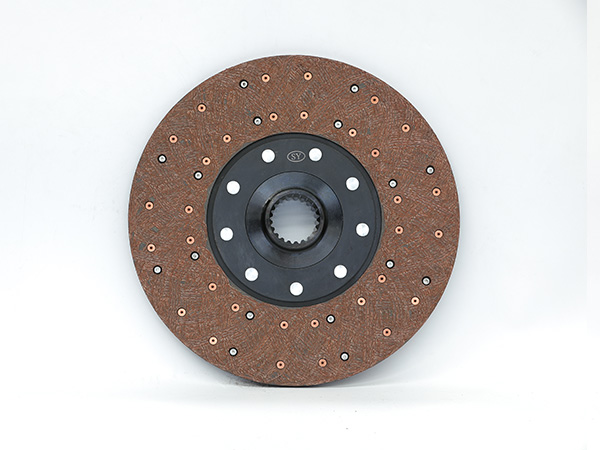A tractor clutch plate, also known as a clutch disc, is a critical component of the clutch system in a tractor. The clutch plate is located between the tractor’s engine flywheel and the clutch pressure plate. Its primary function is to engage and disengage power transmission between the engine and the transmission system, allowing the tractor to change gears or come to a complete stop without stalling the engine.
The size of a tractor clutch plate can vary depending on the make and model of the tractor. Clutch plates are designed to fit specific tractor models, and different tractors may have different clutch plate sizes.

To determine the size of a tractor clutch plate, it is necessary to refer to the tractor’s specifications or consult the tractor’s manufacturer or authorized dealer. They can provide accurate information regarding the size, dimensions, and compatibility of the clutch plate for a specific tractor model.
It’s important to note that tractor clutch plates are available in various diameters, thicknesses, and spline configurations to match the tractor’s clutch system. Using the correct size and type of clutch plate is crucial for proper functioning and compatibility with the tractor’s transmission system.
Here are some key points about tractor clutch plates:
Construction: A tractor clutch plate consists of a friction material, typically made of a high-friction material such as organic, ceramic, or metallic compounds. The friction material is bonded or riveted to a metal disc, providing the necessary grip and friction to transmit engine power to the transmission when engaged.
…
More detailed information about the size of tractor clutch plates can be accessed by clicking: https://www.syclutch.com/news/tractor-clutch-plate-size.html


